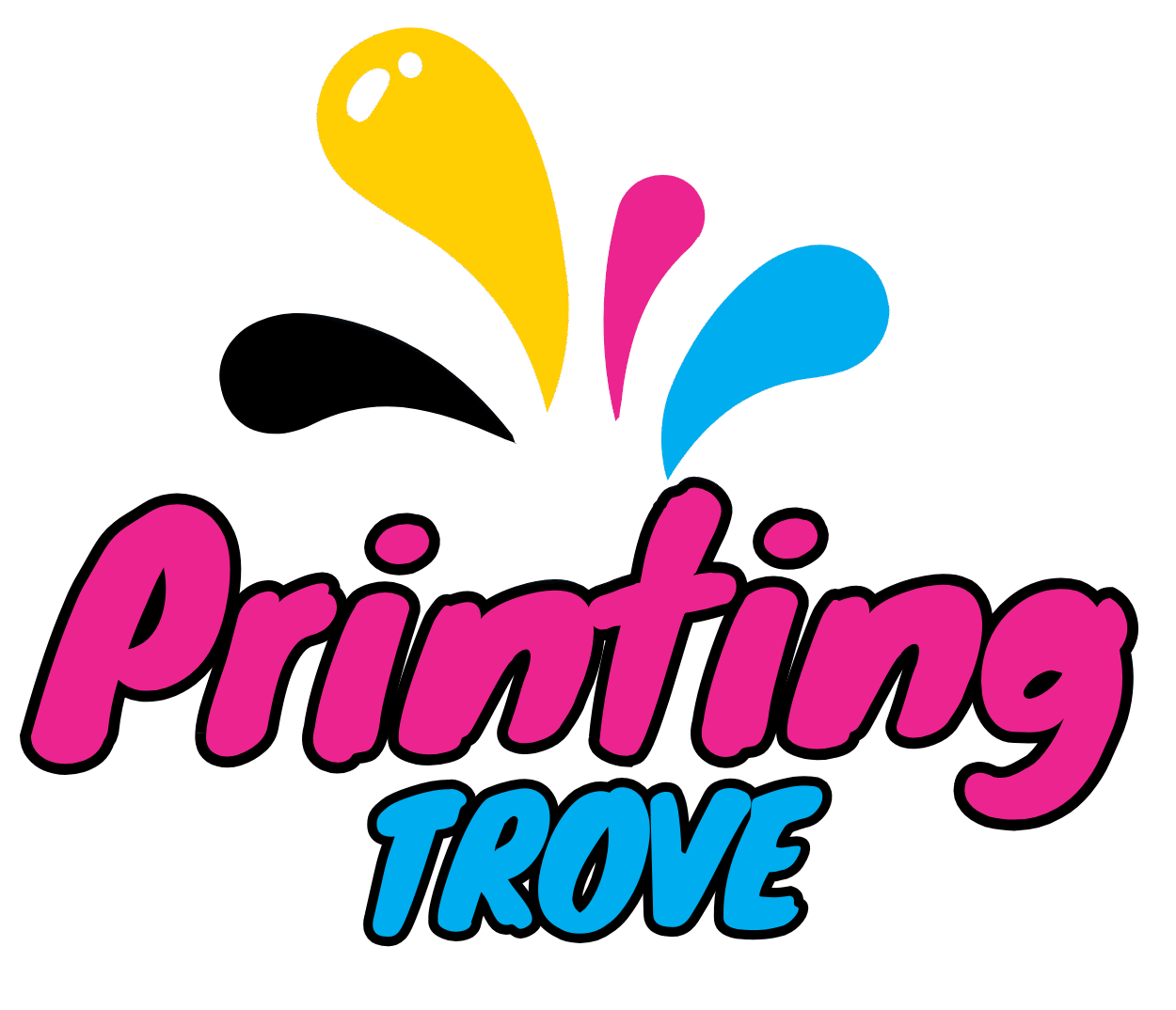Sublimation printing has become one of the most popular methods for creating vibrant, long-lasting designs on fabrics. However, the key to perfect sublimation results lies in choosing the right fabric composition particularly the percentage of polyester. The polyester content directly affects how well the sublimation ink bonds with the material, influencing color vibrancy, print clarity, and durability.
In this guide, we’ll break down everything you need to know about the ideal polyester percentage for sublimation, backed by science, real-world results, and expert tips.
Key Takeaways
- The ideal polyester percentage for sublimation is 65% or higher.
- Minimum requirement: 50% polyester for acceptable results.
- Higher polyester content = brighter colors and better durability.
- Cotton or natural fibers don’t hold sublimation ink unless specially treated.
- Correct heat, time, and pressure are crucial for professional outcomes.
The Science Behind Polyester and Sublimation
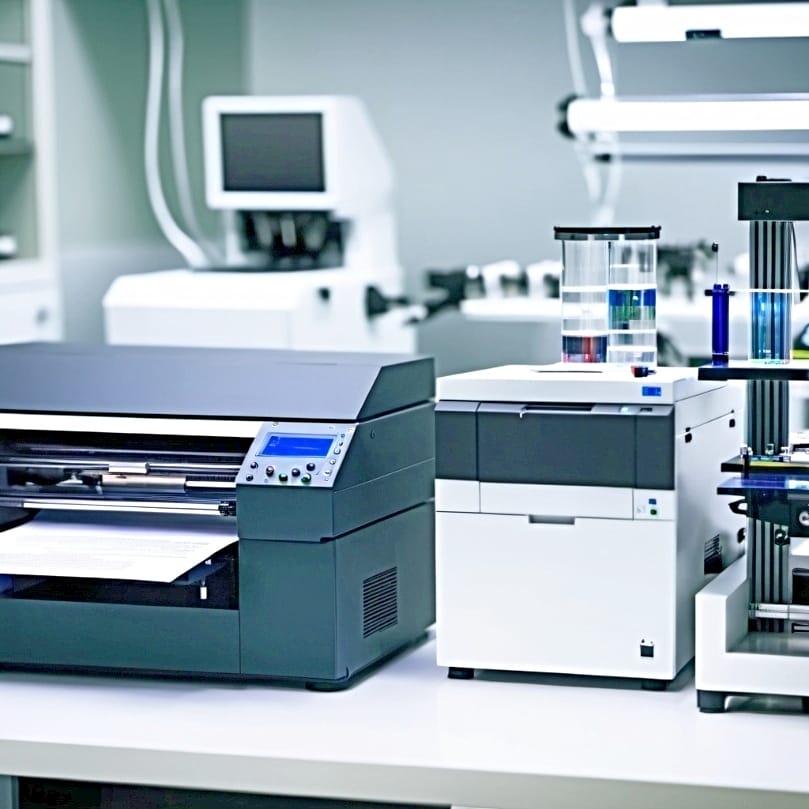
Sublimation works through a chemical process where the solid dye converts into gas under heat and bonds with polyester fibers at a molecular level. Polyester’s synthetic structure has pores that open under high temperature, allowing the gas dye to infuse permanently.
In contrast, natural fibers like cotton lack this property, meaning the dye cannot bond effectively , which is why prints on cotton appear dull or fade quickly.
Determining the Perfect Polyester Percentage
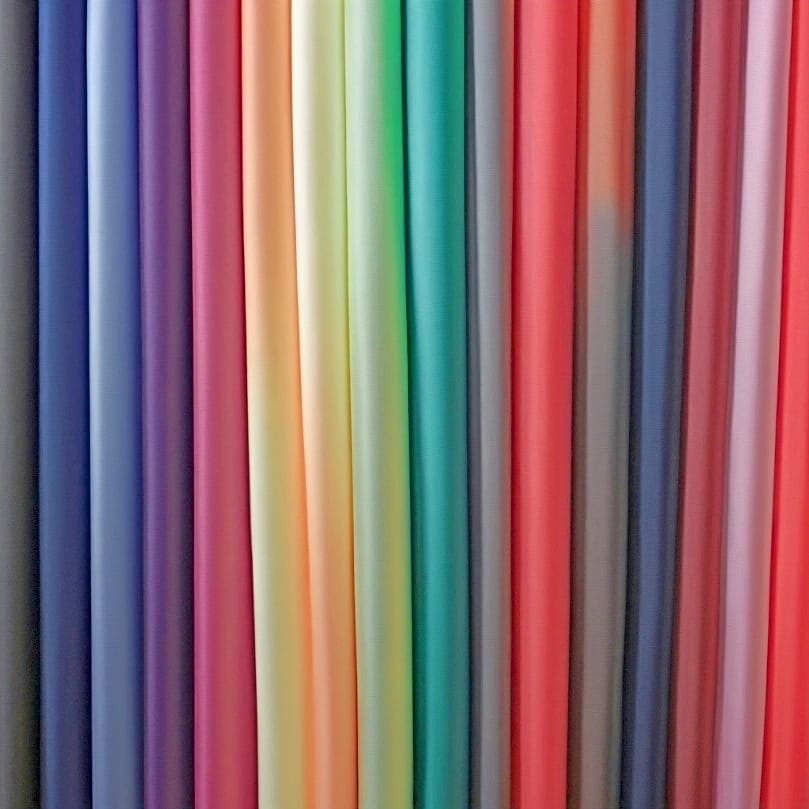
The polyester ratio in your fabric determines how vivid and durable the print will be.
- Below 50% polyester, the print tends to look faded or washed out.
- Between 60%–75%, you’ll get good color accuracy and comfort.
- At 80%–100% polyester, you’ll achieve the most vibrant, professional-grade results.
Minimum Polyester Requirement
For sublimation to work effectively, you need at least 50% polyester. Fabrics below this level may accept some ink but will produce muted tones and less durability. This blend can still be suitable for vintage or faded-style prints where a softer look is desired.
Optimal Polyester Concentration
The sweet spot lies between 65% and 85% polyester.
At this range, the print quality remains vivid, the fabric retains comfort (especially in blends), and the image longevity improves dramatically. For products like t-shirts, jerseys, and banners, 75% polyester is ideal.
Working with Different Polyester Blends
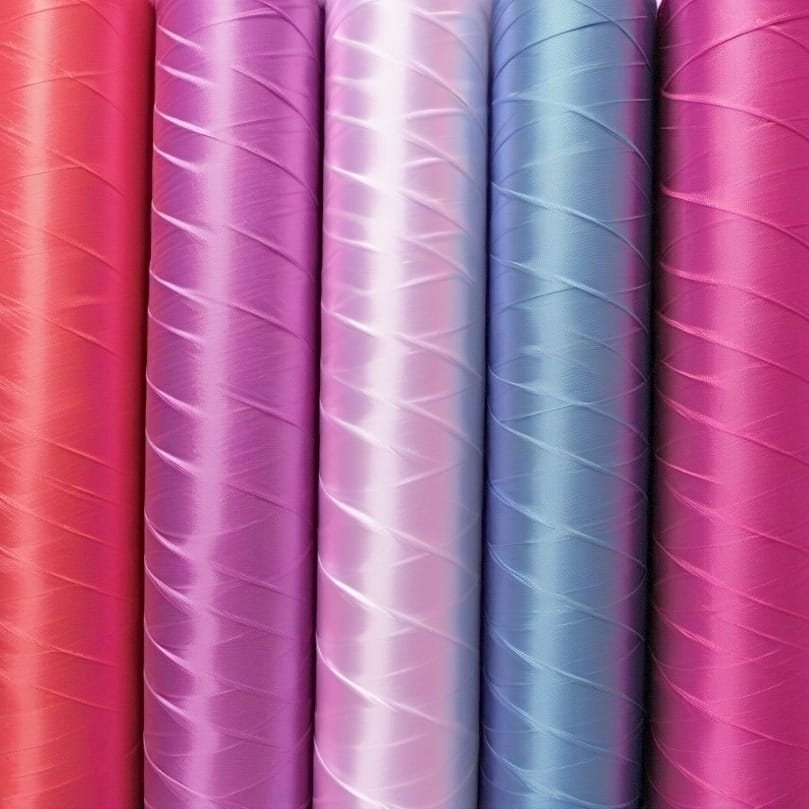
Different polyester-cotton blends produce different results during sublimation. Knowing how these blends behave can help you choose the right fabric for your project.
Lower Polyester Blends: Pros and Cons
Pros:
- Softer, more breathable fabric
- Comfortable for daily wear
- Ideal for “vintage” or faded print looks
Cons:
- Duller colors
- Shorter print life
- Not suitable for high-detail or commercial designs
Higher Polyester Blends: Maximizing Print Quality
Pros:
- Bright, crisp, and durable colors
- Resistant to fading and washing
- Perfect for sportswear, home décor, and signage
Cons:
- Less breathable compared to cotton
- Can feel synthetic or less soft to touch
Tips for Successful Sublimation on Polyester Fabrics
Perfect results come from balancing heat, pressure, and ink quality. Even with the right polyester content, incorrect press settings can ruin the print.
Selecting the Right Heat Press Settings
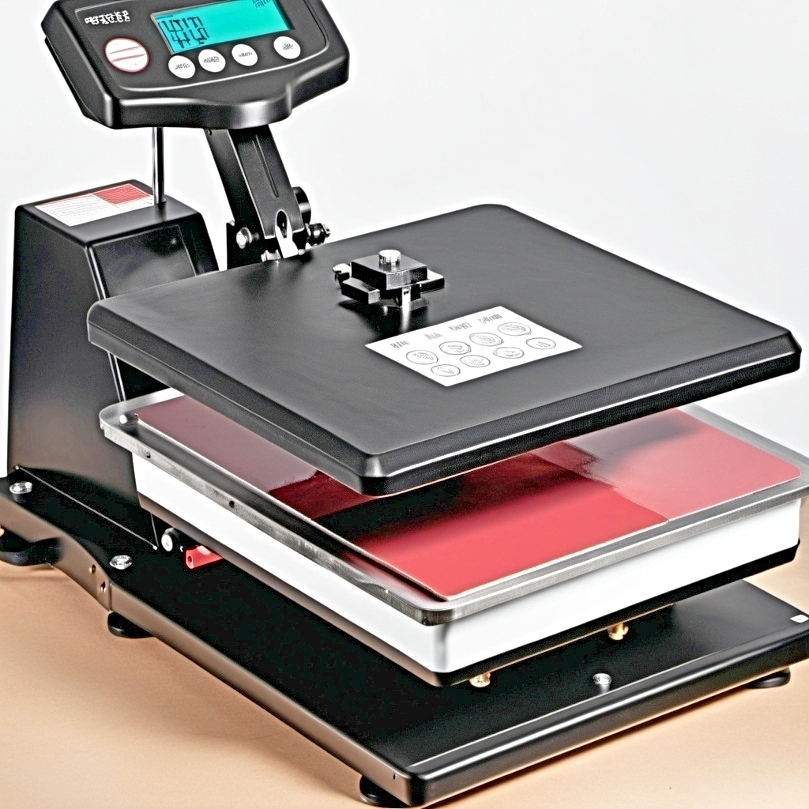
- Temperature: 375°F–400°F (190°C–205°C)
- Time: 40–75 seconds
- Pressure: Light to medium
- Always pre-press your fabric to remove moisture and wrinkles before sublimation.
Ensuring Proper Ink Quality
Use high-quality sublimation ink that is compatible with your printer and fabric. Cheap inks may clog your printer or produce faded results. Always store inks properly and shake cartridges gently before use to ensure even color distribution.
Exploring Sublimation on Alternative Materials
While polyester is the best choice for sublimation, you can still achieve interesting results on other materials using special coatings or transfer sheets.
Sublimation on Natural Fibers
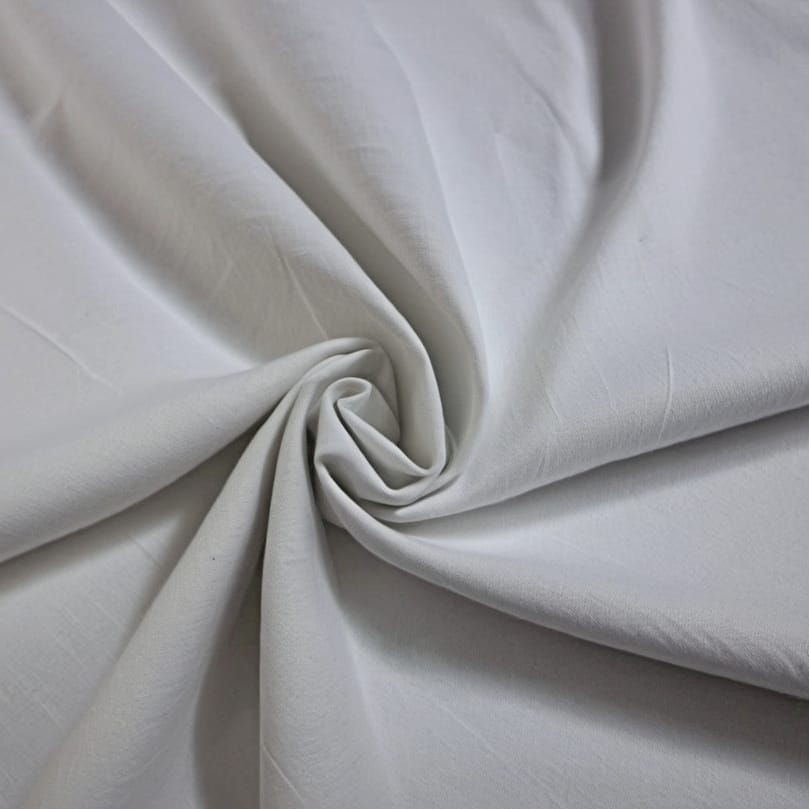
Sublimation doesn’t naturally work on cotton, linen, or silk because they lack polyester’s receptive polymer bonds. However, using sublimation coatings or spray treatments can help ink adhere better, though results may still be less durable than on pure polyester.
Sublimation on Synthetic Fabrics
Other synthetic materials like nylon, spandex, or acrylic can sometimes work with sublimation, but polyester remains the gold standard for consistent quality and longevity.
Case Studies: Successful Sublimation Projects
- Sports Jerseys (100% Polyester): Vibrant colors that withstand frequent washing and outdoor use.
- Fashion Tees (65/35 Poly-Cotton Blend): Comfortable to wear with moderate color brightness.
- Custom Mugs and Tumblers (Poly-Coated Surfaces): Crisp, high-definition prints that last for years.
These examples show that both pure polyester and blends have their unique applications depending on comfort, style, and durability needs.
Conclusion
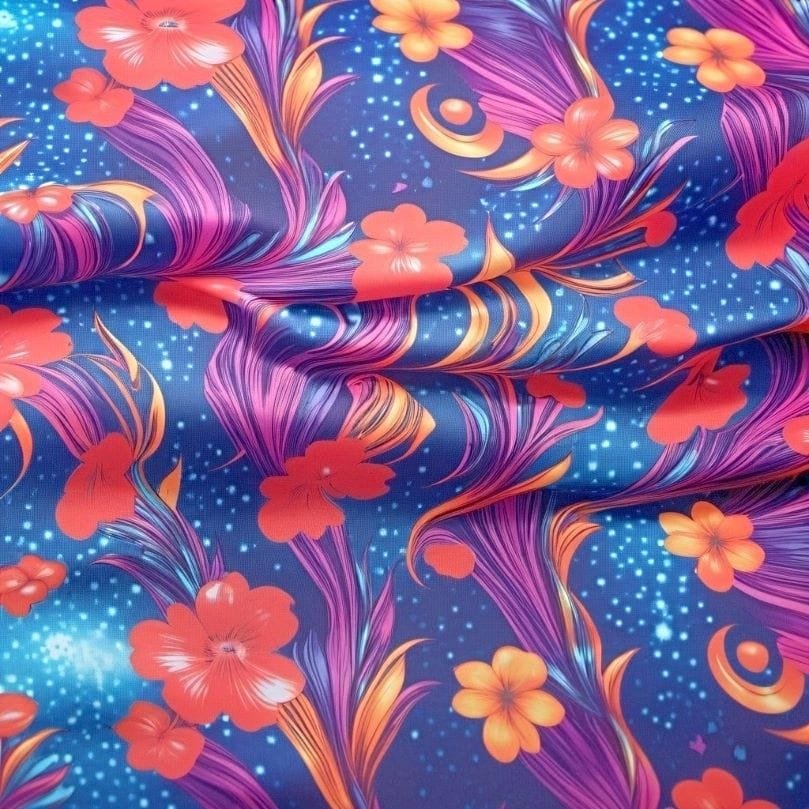
Choosing the right polyester percentage for sublimation can make or break your printing project. While you can sublimate on 50% polyester, the best results come from fabrics with 65–100% polyester content.
For bright, durable, and professional prints, prioritize quality polyester blends, correct heat settings, and premium inks. By mastering these factors, you’ll unlock the full potential of sublimation printing — whether for business, sportswear, or personalized apparel.
